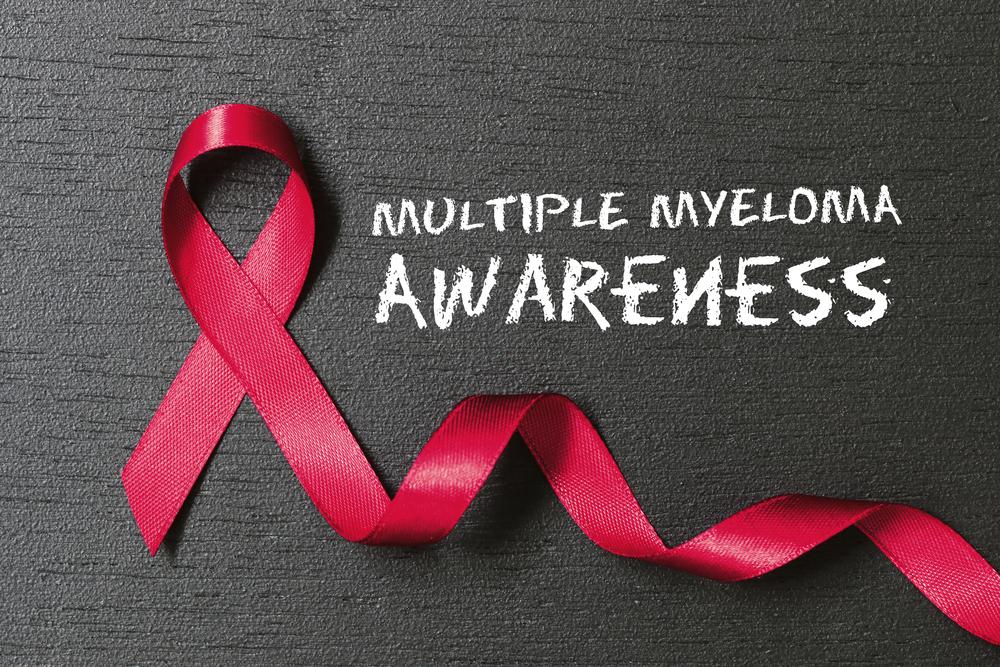Comprehensive Guide to Multiple Myeloma: Symptoms, Diagnosis, and Effective Treatments
This comprehensive guide delves into multiple myeloma, a type of blood cancer affecting plasma cells. It covers the disease's causes, early symptoms, diagnostic procedures, and modern treatment options, including stem cell transplants and targeted therapies. Early detection and personalized treatment plans significantly improve patient outcomes, with ongoing research paving the way for better management and potential cures. Whether you're a patient or caregiver, understanding this disease empowers timely intervention and informed decision-making.

Comprehensive Guide to Multiple Myeloma: Symptoms, Diagnosis, and Effective Treatments
Multiple myeloma is a complex and relatively rare form of blood cancer that originates in plasma cells, an essential type of white blood cell responsible for producing antibodies to fight infections. Despite its rarity, understanding this disease is crucial because early detection and innovative treatments can significantly improve patient outcomes. In this detailed guide, we explore the causes, early warning signs, diagnostic methods, and modern treatment options available for managing multiple myeloma effectively.
What Is Multiple Myeloma? To comprehend multiple myeloma, it's important to understand the normal functions of blood and the immune system. Blood is composed of various cells, primarily red blood cells, white blood cells, and platelets, all of which perform vital functions such as oxygen transport, immune response, and blood clotting. Plasma cells, a type of white blood cell, play a crucial role in immune defense by producing antibodies called immunoglobulins that identify and neutralize pathogens.
In multiple myeloma, abnormal plasma cells multiply uncontrollably within the bone marrow. This overgrowth crowds out healthy blood cells, leading to a decline in healthy blood cell production. These malignant plasma cells produce excessive amounts of abnormal immunoglobulins, also known as M proteins, which can damage organs and interfere with normal bodily functions. The accumulation of cancerous cells and abnormal proteins negatively impacts bones, causing them to weaken and fracture easily, while also affecting the skin and other tissues. The disease is characterized by its ability to compromise the immune system further, making affected individuals more susceptible to infections.

While the precise causes of multiple myeloma are not fully understood, researchers have identified several risk factors that increase the likelihood of developing the disease. Age is a prominent factor, with most cases occurring in individuals over 65 years old. Certain ethnic groups, including African Americans, have a higher predisposition compared to other populations. A family history of plasma cell disorders or multiple myeloma itself also elevates risk, suggesting genetic susceptibility. Additionally, prior exposure to radiation or certain chemicals may contribute to disease development.
Identifying the early symptoms of multiple myeloma can be challenging because they are often subtle and nonspecific, especially in the initial stages. Common early signs include persistent fatigue, weakness, from anemia caused by decreased healthy blood cells, and bone pain, particularly in the back or ribs, resulting from bone lesions. Joint discomfort, unexplained weight loss, loss of appetite, recurrent infections, and elevated calcium levels leading to dehydration and confusion are also typical symptoms. As the disease advances, these symptoms tend to become more severe and widespread, emphasizing the importance of prompt diagnosis.
Diagnosing multiple myeloma involves a combination of blood tests, urine analysis, and imaging studies. Blood tests such as complete blood count (CBC) help evaluate anemia and other blood abnormalities. Serum protein electrophoresis and immunofixation identify abnormal immunoglobulin production. Serum and urine tests for Bence Jones proteins are specific markers of the disease. Imaging techniques like X-rays, MRI, or PET scans help detect bone damage and lesions, which are common in multiple myeloma. Bone marrow biopsy confirms the presence of malignant plasma cells and assesses the extent of infiltration.
Modern treatment strategies for multiple myeloma have evolved considerably over recent years. The mainstays of therapy include chemotherapy, targeted drug therapies, stem cell transplantation, and supportive care measures. Chemotherapy drugs aim to kill rapidly dividing cancer cells, while targeted therapies specifically attack molecules involved in disease progression. Autologous stem cell transplantation, where the patient's own healthy stem cells are collected and later reinfused after high-dose chemotherapy, offers a promising curative approach for eligible patients. The development of new medications, such as proteasome inhibitors, immunomodulatory drugs, and monoclonal antibodies, has improved survival rates and quality of life. Additionally, supportive therapies like bisphosphonates help strengthen bones, and blood transfusions manage anemia.
In recent years, personalized medicine and clinical trials have opened new avenues for treatment, offering hope for those battling the disease. Proactive management includes regular monitoring, early intervention upon relapse, and lifestyle adjustments to improve overall health and resilience. Rising stem cell banking practices also help facilitate future treatments. A multidisciplinary team comprising hematologists, oncologists, radiologists, and supportive care specialists collaborates to tailor treatment plans specific to each patient’s condition, age, and comorbidities, ensuring optimal care and management of this challenging disease.
Understanding multiple myeloma in-depth helps patients, caregivers, and healthcare practitioners recognize early warning signs, pursue timely diagnosis, and adopt effective treatment strategies. Continued research and advancements in medicine hold the promise of better outcomes and, potentially, future cures for this complex blood cancer.





